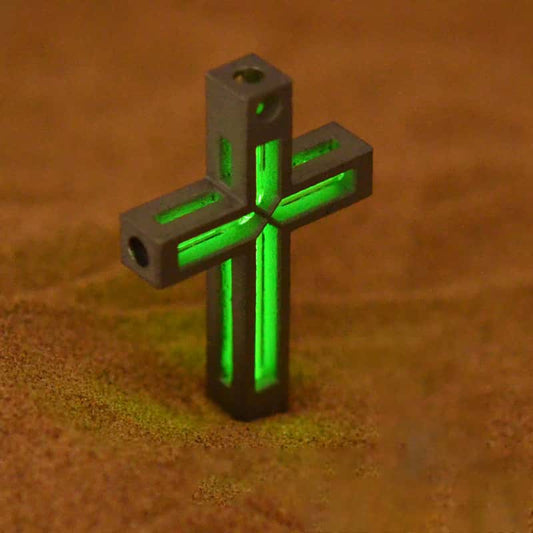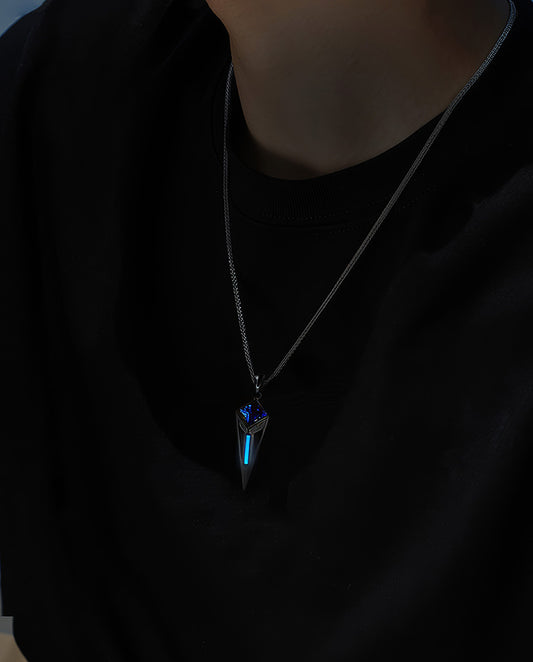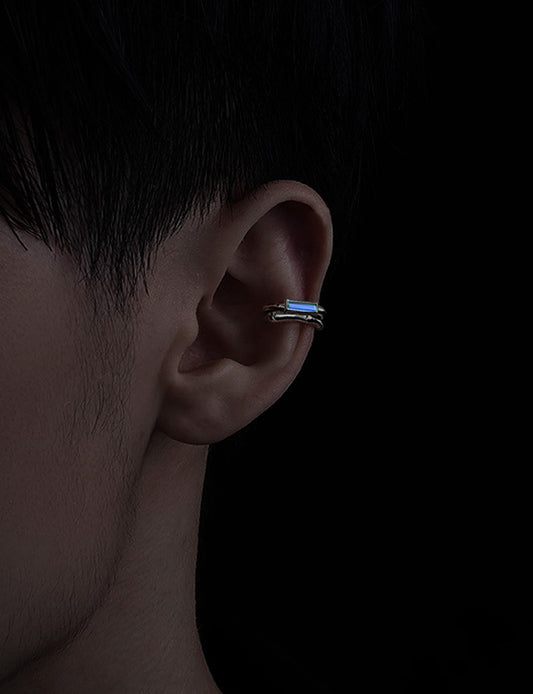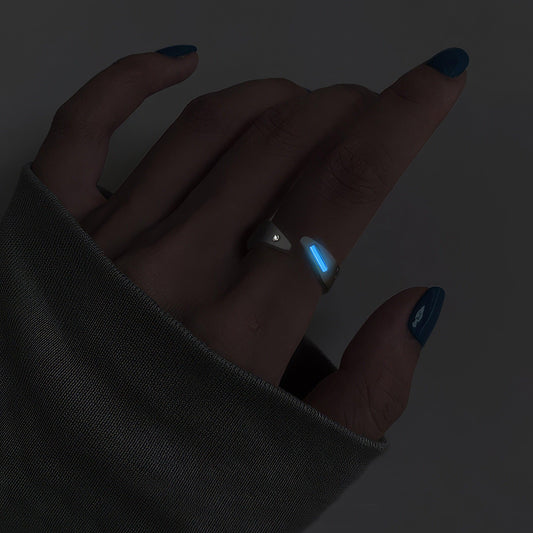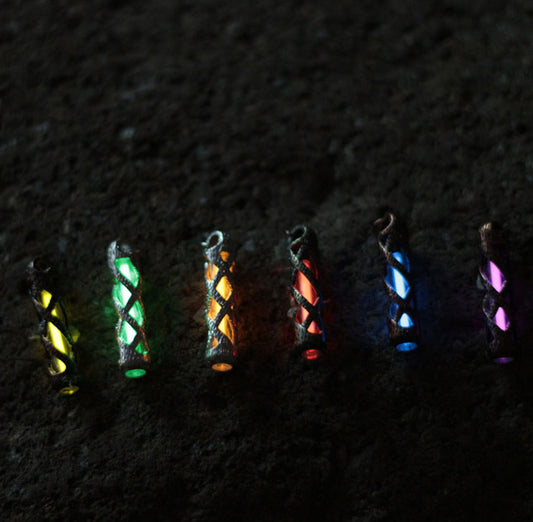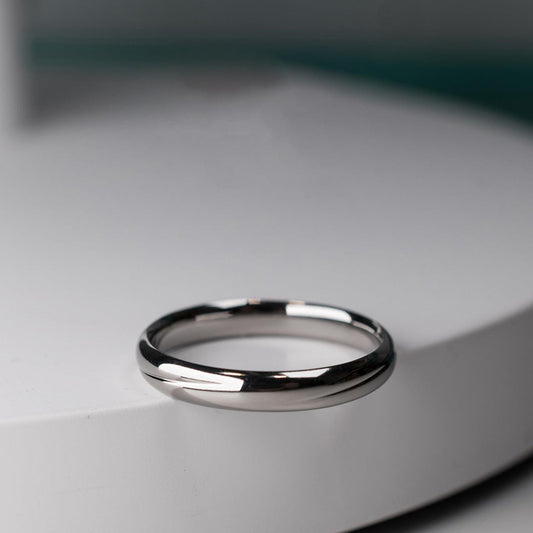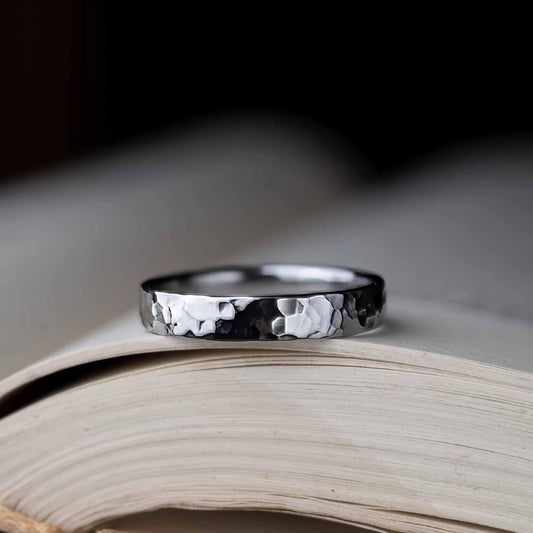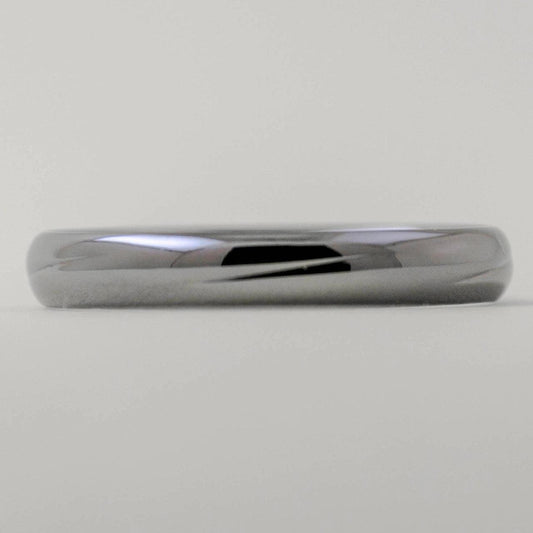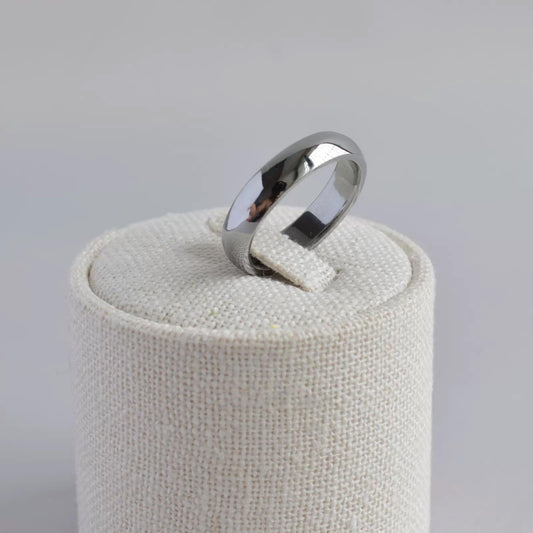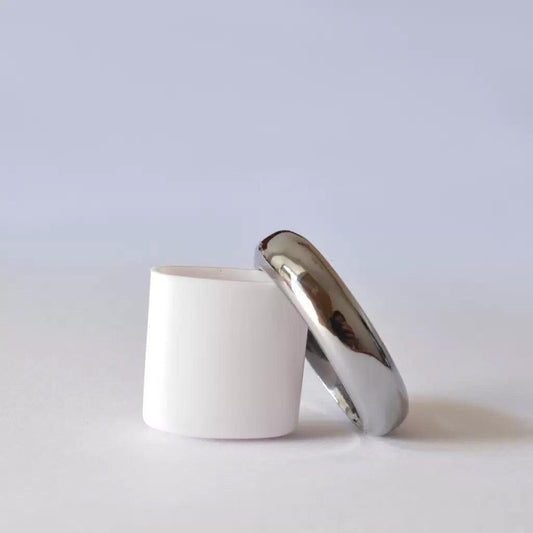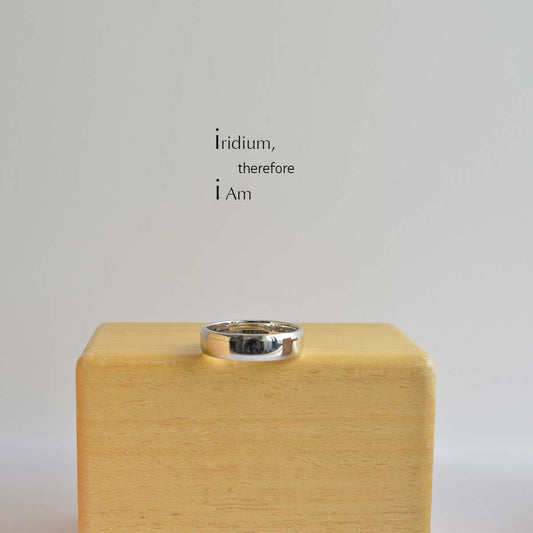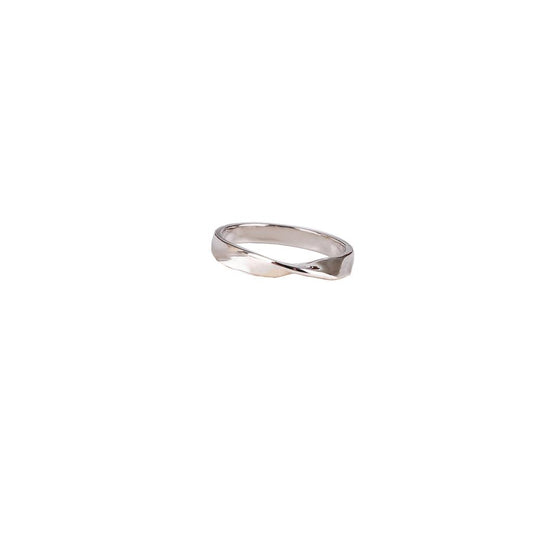What Are Lab-Grown Diamonds A Modern Miracle of Chemistry and Craftsmanship
What Are Lab-Grown Diamonds A Modern Miracle of Chemistry and Craftsmanship
When I first heard about lab-grown diamonds, I was skeptical. Like many, I had a mental image of a dingy laboratory with bespectacled scientists hunching over microscopes, conjuring up sparkly stones through sheer force of will. But the reality is far more fascinating and, quite frankly, a bit magical.
At their core, lab-grown diamonds are just as real as those plucked from the Earth's crust. They’re made of the same material (pure carbon crystallized in an isometric 3D form) and even undergo similar growth processes. The key difference lies in their birthplaces: one emerges from the depths of the Earth, the other from sophisticated labs where the conditions of diamond formation are meticulously mimicked.
The science behind these gems often centers around two primary methods: High Pressure, High Temperature (HPHT) and Chemical Vapor Deposition (CVD). Both methods have a bit of a sci-fi ring to them, but essentially, HPHT mimics the intense pressurization and heat found deep beneath the Earth's surface, while CVD grows diamonds from a carbon-rich gas. The result? Diamonds so perfect that, unless you’re a jeweler with a loupe, they’re nearly indistinguishable from their natural counterparts.
A few months back, I found myself in a quaint jewelry store, the kind that insists on personal conversations and strong coffee over transactional sales. I was there to purchase an anniversary gift, and the idea of choosing a lab-grown diamond intrigued me. Not just because of the environmental implications—though the reduced ecological footprint is indeed a boon—but because I wanted to be part of a story that speaks to innovation and sustainable luxury.
There's a palpable shift in how folks are starting to view lab-grown diamonds. Gone are the days when they were considered mere imitations. Today, they’re seen as a symbol of progress, of human ingenuity triumphing over the destructive old ways. The fashion industry, always quick to embrace a trend, has welcomed them with open arms. You’ll find them adorning everything from minimalist rings to statement necklaces, catering to those who appreciate elegance with an ethical edge.
But beyond the science and sustainability, there’s a certain cultural resonance. A lab-grown diamond embodies modern values—it’s like choosing to support local artisans over mass producers or opting for farm-to-table meals. It is, in a way, a conscious choice to align beauty with responsibility. As I held a delicate lab-grown diamond bracelet in my hand, its tiny facets catching the light just so, I felt a sense of connection to this new wave of conscious consumerism. It was a small reminder that the future, while uncertain, can be shaped by thoughtful choices.
In the end, whether you opt for a lab-grown or mined stone may depend on personal preference. But one thing’s for sure: the romance of diamonds is not waning, it’s simply evolving. The next time you find yourself drawn to the glitter of a diamond, perhaps consider the story it tells—whether of centuries spent buried in the earth or of a modern marvel crafted in a lab. Either way, it’s a testament to the enduring allure of these dazzling gems.
